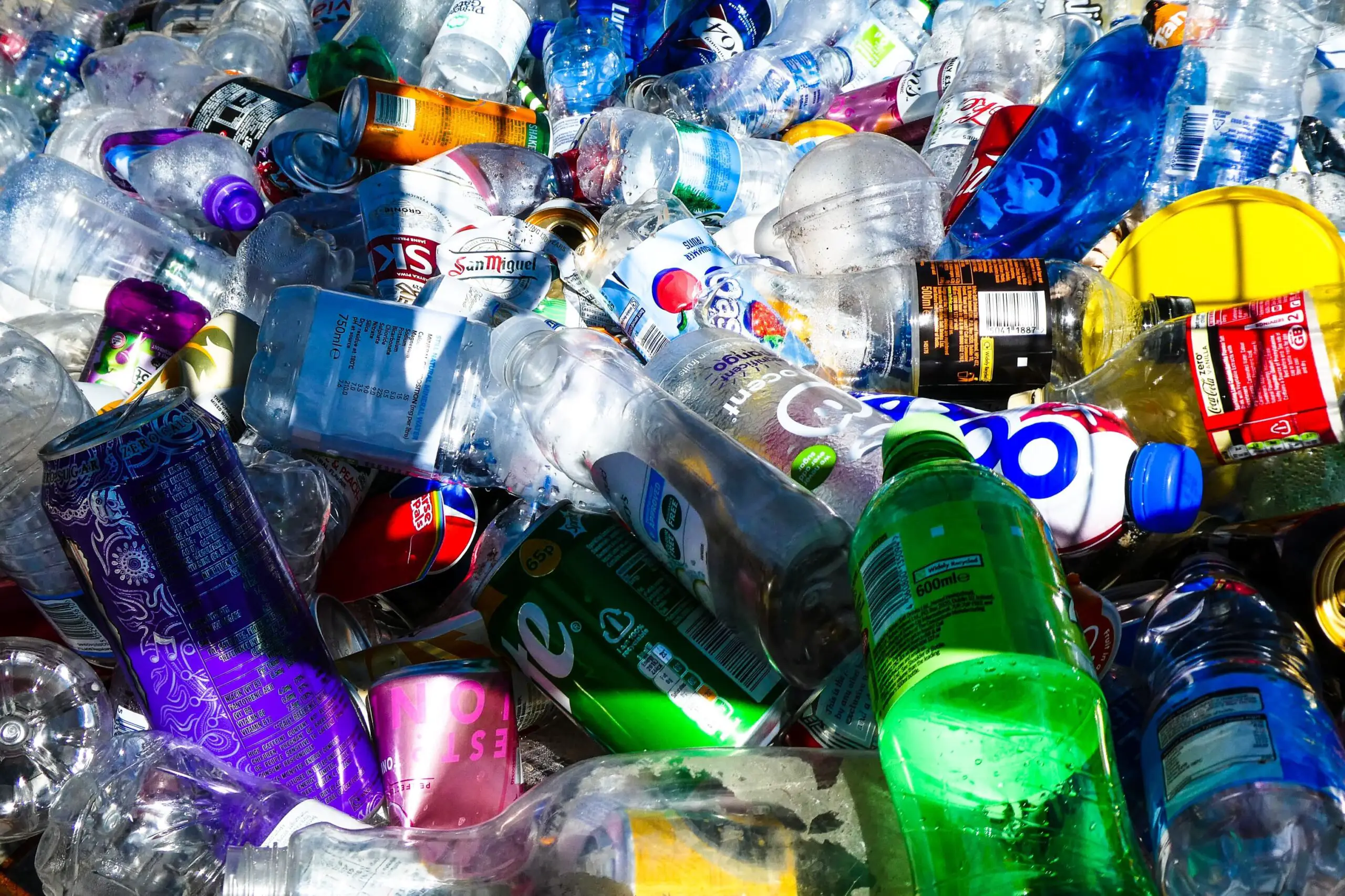Contents
What Are The 3 Main Steps For Recycling To Be Successful? – Introduction

Recycling is not just a concept; it’s a tangible practice that can significantly impact our environment and natural resources. However, for recycling to fulfill its potential as a sustainability powerhouse, it requires a well-structured and orchestrated process. The success of recycling is anchored in three primary steps that span from the initial collection of waste to the ultimate transformation of materials into valuable resources.
What is recycling? Save Our Planet and Environment!: https://m.youtube.com/watch?v=IsAg-JqJnA8&pp=ygU5V2hhdCBBcmUgVGhlIDMgTWFpbiBTdGVwcyBGb3IgUmVjeWNsaW5nIFRvIEJlIFN1Y2Nlc3NmdWw_
These steps serve as the backbone of a circular economy, promoting the efficient use of resources while minimizing waste generation and environmental impact.
Step 1: Source Separation and Collection
Source separation and collection represent the foundation of successful recycling. This step takes place at the very beginning of the waste management journey, involving households, businesses, public spaces, and institutions. Key components of this phase include:
- Awareness and Education: Public awareness campaigns play a crucial role in informing individuals about the importance of recycling. By understanding the benefits of recycling and the significance of waste reduction, people are more likely to participate actively.
- Recycling Infrastructure: Establishing accessible and well-designed recycling infrastructure is essential. This includes providing households and businesses with recycling bins that are color-coded and clearly labeled for different types of materials such as paper, plastic, glass, and metal.
- Collection Systems: Efficient and convenient collection systems are vital for encouraging participation. Curbside pickup, drop-off centers, and dedicated recycling points in public spaces ensure that recyclable materials are properly separated and collected.
Step 2: Material Processing and Sorting
Once recyclable materials are collected, they undergo a meticulous process of sorting and preparation for reprocessing. This step is critical to ensure that only clean and suitable materials make their way to recycling facilities. Key aspects of this phase include:
- Advanced Sorting Technologies: Innovations in technology have transformed the sorting process. Conveyor belts equipped with optical sensors, magnetic separators, and even manual sorting are used to separate different materials based on their properties.
- Contamination Control: Contaminants, such as non-recyclable items and residual food waste, must be removed. Contamination can impede the efficiency of subsequent processing stages.
- Baling and Packaging: After sorting, materials are compacted into bales for easier transportation. Bales ensure that materials are stored and shipped efficiently, reducing the overall logistics footprint.
Step 3: Reprocessing and Manufacturing
The final step in the recycling journey involves transforming the sorted materials into new products. This phase exemplifies the cyclical nature of recycling, where materials are repurposed instead of being discarded. Key elements of this phase include:
- Material-Specific Reprocessing: Different materials require distinct reprocessing methods. For instance, plastics must be melted down and reformed, while paper is pulped and remade into new paper products.
- Energy-Efficient Techniques: Advances in technology have enabled the development of energy-efficient reprocessing methods that minimize environmental impact.
- Product Creation: The repurposed materials serve as valuable feedstock for manufacturing new products. This closed-loop approach conserves resources and reduces the need for virgin materials.
A Harmonious Cycle of Sustainability
The success of recycling lies in the seamless interconnection of these three steps. Source separation and collection create the foundation for clean and valuable materials.
Material processing and sorting ensure that these materials are properly prepared for reprocessing. Reprocessing and manufacturing complete the circle, giving discarded items a new lease on life.
The impact of these steps reaches far beyond waste reduction. Successful recycling conserves energy, reduces greenhouse gas emissions, conserves natural resources, and alleviates the strain on landfills.
Moreover, it drives economic growth by generating employment opportunities in collection, sorting, processing, and manufacturing industries.
A Collective Responsibility for a Greener Future
Achieving recycling success is a collective endeavor that involves governments, industries, communities, and individuals. Governments must formulate robust waste management policies, industries must prioritize sustainable practices, communities must promote awareness, and individuals must diligently participate in source separation.
The journey of recycling is a journey towards a more sustainable future. The three vital steps—source separation and collection, material processing and sorting, and reprocessing and manufacturing—form the pillars of this journey.
By understanding and embracing these steps, we contribute to the greater mission of preserving our environment, conserving resources, and creating a world where waste is minimized, and valuable materials find new purpose.

Conclusion: Paving the Path to Recycling Triumph
In the intricate dance of environmental stewardship, the success of recycling emerges as a crucial partner. It is not merely a series of steps, but a symphony of interconnected actions that resonate from the source of waste generation to the heart of manufacturing.
The three pivotal steps—source separation and collection, material processing and sorting, and reprocessing and manufacturing—compose a harmonious melody that transforms discarded materials into valuable resources, orchestrating a sustainable future.
Source separation and collection set the stage by engaging individuals, households, and communities in the process. The harmony of awareness, education, and accessible recycling infrastructure creates a rhythm that encourages responsible waste disposal. This resonates with the melody of public participation, echoing the significance of our collective role in this symphony.
Material processing and sorting form the bridge between intention and action. The choreography of advanced sorting technologies, vigilant contamination control, and efficient baling encapsulates the essence of refining raw materials into a harmonious composition ready for the next movement. It is here that waste is transformed into the notes of potential, ready to be played anew.
Reprocessing and manufacturing bring the composition to its crescendo, embracing the transformative power of recycling. The dynamic interplay of material-specific reprocessing, energy-efficient techniques, and the creation of fresh products exemplifies the artistry of recycling’s cycle. This final movement seamlessly transitions waste into a virtuoso performance of sustainability, where discarded materials find new purpose.
The symphony of recycling resounds beyond the realm of waste management. It reverberates through energy savings, emissions reductions, and the conservation of precious resources. It reverberates through economic growth, job creation, and the cultivation of responsible consumer behavior.
Yet, this symphony requires more than individual notes. The grand finale is a collective effort involving governments setting the stage with policies, industries conducting the orchestra of sustainable practices, communities harmonizing awareness, and individuals participating with diligence. The success of recycling, then, emerges not just from the process but from the partnership of diverse actors in the environmental symphony.
In the cadence of recycling’s triumph, a symphony of sustainability emerges. By nurturing a holistic approach that encompasses source separation, processing, and reprocessing, we harmonize with the rhythm of a greener future. The melody of recycling invites us all to be active participants in composing a world where waste is not an end but a new beginning, where discarded materials find a place in the ever-evolving symphony of life.
More Links:
What can be recycled? Here’s a breakdown in 2023: https://ecosustainity.com/what-can-be-recycled-heres-a-breakdown-in-2023/





